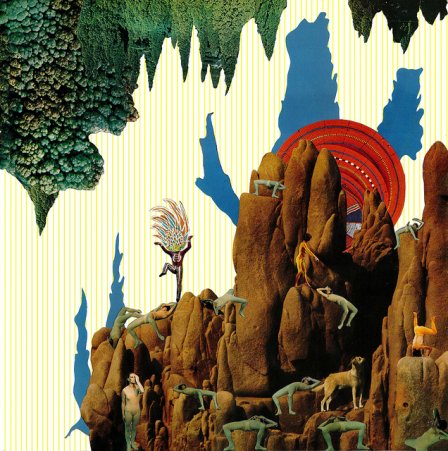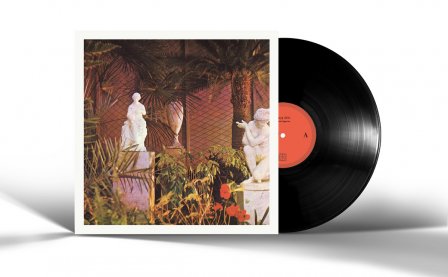Freeing oneself from the preoccupations of popular art in search of something more abstract, original, and emotionally affecting is a tough task for any artist, and for any listener for that matter. The culture we’re born into — and the cultural material we absorb over our formative years — is vital in forming a sense of self and establishing the perceptive being who can make decisions based upon sentient experiences that no one else will or can ever experience (although I’m sure science fiction devotees could point out an author/thinker who has labored over this idea and worked through the ramifications à la Alfred Bester, etc.). When one challenges both their own and other people’s interpretations of personal expression with something unexpected, something relatively untoward or abstract, they’re really tapping into a crucial driving point in artistic expression, something that weeds out those not willing to sacrifice the comfort of banality.
Tsembla, or Marja Johansson, presents a bizarre and affecting collection of experimental works on Nouskaa Henget that continue and expand upon the world of her previous full-length effort, 2011’s Fauna. But where both albums favor lush arrangements of warped field recordings, looped samples, and electroacoustic colors, on Nouskaa Henget, Johansson offers a work more careful and measured. This isn’t a criticism — in fact, the effect it has is contrary to the expected, for as Johansson spaces her elements more effectively around the album, it gives the entire record a more varied tangent, as the sparser sections dependent on warped flutes recorded in the Andes (“Vasen Käsi, Kolmas Ovi,” “Vuoren Huipulle”) are able to sit in greater contrast with sections that are imbued with the greater intricacies evident on Fauna (“Viikunakatedraali,” “Nouskaa Henget!”). This is a welcome and necessary departure, due in equal parts to Johansson’s instrumental combinations and her somewhat skewed-from-the-norm compositional approach.
Yet, despite this degree of abstraction presented throughout the record, Johansson arranges her collages in ways that mirror traditional pieces or songs, and in essence, Nouskaa Henget is a song cycle, albeit a complicated one. What differentiates the “songs” from the norm (apart from obvious form and harmonic signals) is an attention to textural interplay — the collected pieces are logical and follow established intuitive patterns, but the elements forming these singularities are more complex, requiring several listens to unpack the compacted jumble of hissing flutes, hand drums, and distorted time-based effects of the album.
While it’s evident that Tsembla’s creations are occasionally difficult to coherently come to grips with, that’s part of the experience — the record doesn’t hold back in its expression of the outré, but once it breaches the threshold of what one perceives to be normality, it reveals Tsembla to be not too dissimilar from a marked number of contemporaries. This doesn’t diminish from the album’s, nor Johansson’s individuality, and Nouskaa Henget stands as a thoroughly complex and thought-provoking microcosm.
More about: Tsembla




